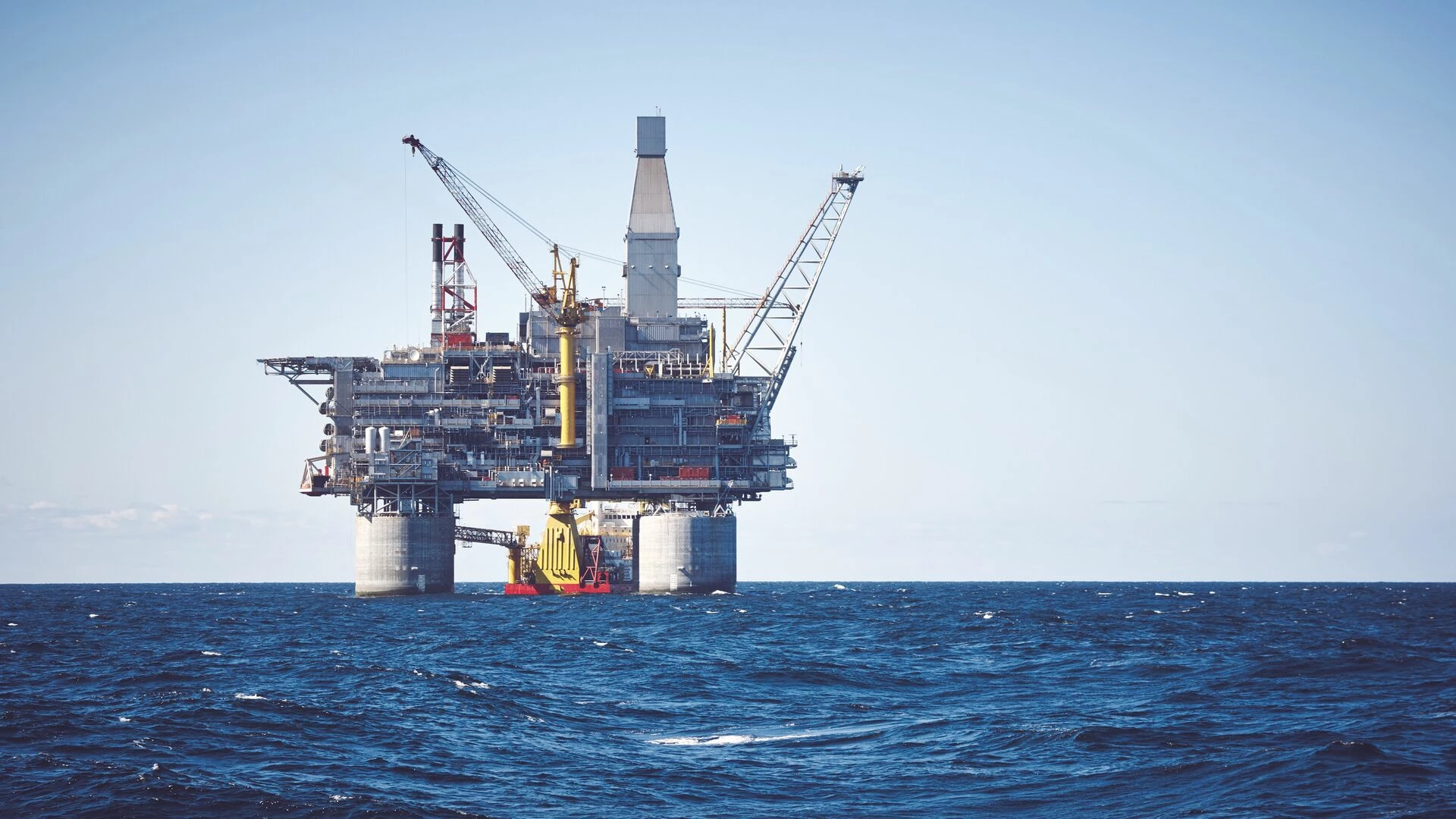COVID-19: Turmoil
The oil price is down 45% from its peak five months ago, which is a bigger and faster drop than during the shocks of 2014 (supply of US shale oil) or 2009 (global financial crisis). It is not hard to see why, with 60% of global oil use in transport, powering vehicles, aircraft and ships. When they stopped moving, oil demand collapsed. It should come back with economic activity. But the oil industry should lose 9% of annualised output, or a total of USD 320bn in revenues, in 2020-21. And what if some travel and trade is lost permanently? Or if the shock becomes a catalyst for a necessary shift from fossil fuels to renewable energy?
Volatility the new normal, with peak oil on the horizon
There has been no real substitute for fossil fuels to power vehicles, so it has made economic sense for oil companies to keep investing and make more symbolic inroads into renewable energy as global GDP and oil demand have grown. But with mounting investor pressure for sustainability and commitment to the 2016 Paris Agreement targets to limit global warming, and technological development driving down costs for renewable energy, our modelling suggests global oil demand could peak already in 2023-26. With two thirds of global oil production controlled by OPEC, the US and Russia, which often have conflicting strategic agendas, oil is increasingly being used as a geopolitical weapon, as was the case in the price wars of 2014-15 and in March 2020. There are risks of new future supply shocks driven by this rivalry rather than in response to expected demand. We have now seen three major oil shocks in the past eight years alone.
Norway and its oil industry have a constructive role to play in a turbulent market
Norway lost 3 percentage points of GDP growth in 2015-16 from the US shale oil supply shock, but should suffer less this time. The COVID-19 oil demand collapse may be more sudden and severe, but Norway's oil industry has shrunk and now employs 9% of the workforce, versus 13% in 2014. Norway could be a small but prominent oil player for many years, being a role model in sustainable oil production, stability and transparency, in a world where over 80% of current proven global oil reserves are found in non-democratic countries.
So if I run an oil company, what should I do?
We argue three things belong at the top of your list. You need to decide on a post-oil strategy – Will you operate a cash cow in run-off after peak oil, aim to migrate into renewable energy, or into something else? You should aim to have a strong sustainability profile, be among the best in your industry context, to be able to get strong ESG ratings and avoid becoming un-investable or end up with uncompetitive capital costs. And you need to ensure your business can cope with volatility and generate cash flow also at lower oil prices.



